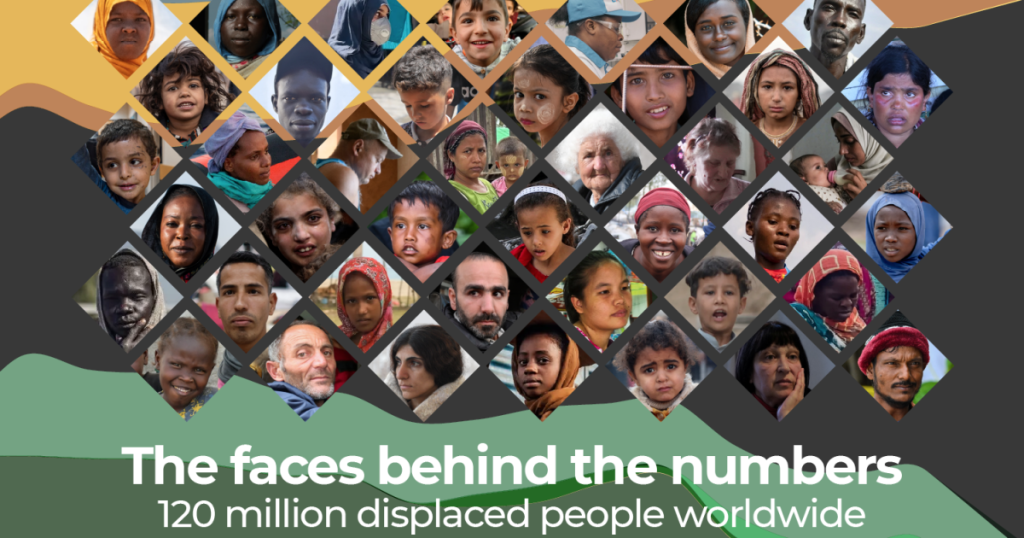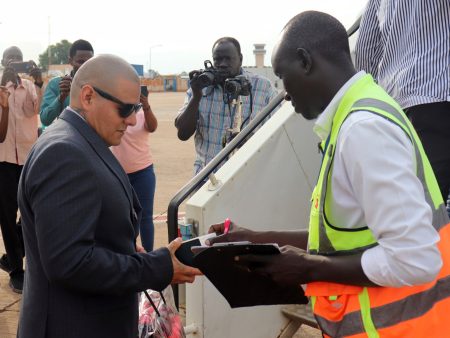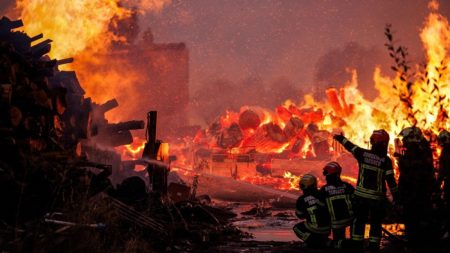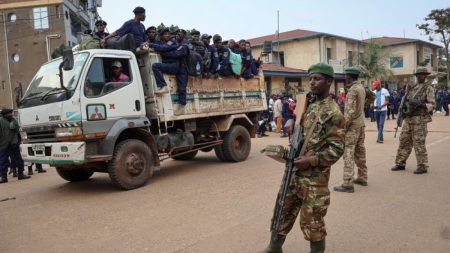As of 2024, the number of forcibly displaced people around the world has reached 120 million, which amounts to about 1.5 percent of the global population. Among these, 68 million are internally displaced within their own countries, while the rest consist of refugees in need of protection and individuals seeking asylum. This staggering figure represents countless human stories of families torn apart, livelihoods destroyed, and communities left in ruins. The UNHCR’s annual displacement report highlights the gravity of the situation and emphasizes the urgent need for global attention and support.
One of the key initiatives implemented to raise awareness about the plight of refugees is World Refugee Day, which falls on June 20th each year. This designated day serves as a reminder of the challenges faced by refugees worldwide and encourages people to take action to support them. The statistics show that if forcibly displaced individuals formed a nation, it would be the 13th most populous country globally, with children making up half of the population. This highlights the vulnerability of a large number of young people who are forced to endure the hardships of displacement.
The history of refugee movements dates back to the establishment of the Refugee Convention by the UN in 1951, initially focusing on protecting the rights of refugees in Europe after World War II. Over time, the convention expanded to address displacement across the globe, reflecting the growing challenges faced by millions of people fleeing conflict, persecution, and violence. The number of refugees has fluctuated over the years, with significant spikes tied to conflicts such as the wars in Afghanistan, Ethiopia, South Sudan, Syria, and most recently, Ukraine. The ongoing conflict in Ukraine has led to one of the fastest-growing refugee crises since World War II, with millions fleeing their homes in search of safety.
Recent conflicts in Sudan between the army and paramilitary forces, as well as Israel’s bombardment of the Gaza Strip, have added to the already dire humanitarian situation faced by refugees. The displacement of millions of people within and across borders highlights the urgent need for international cooperation and support to address the root causes of displacement and provide assistance to those affected. As of 2024, the majority of refugees come from countries like Afghanistan, Syria, Venezuela, Ukraine, and Palestine, with many seeking refuge in neighboring countries. While countries like Iran, Turkey, Colombia, Germany, and Pakistan host large refugee populations, the burden falls disproportionately on certain nations.
Despite the challenges faced by refugees and displaced persons, international law recognizes their rights and protection under the principle of providing asylum to those fleeing persecution or serious threats to their well-being. The global community must continue to work together to address the root causes of displacement, provide humanitarian aid, and support the integration of refugees into host communities. As the number of displaced individuals continues to rise, it is crucial to prioritize long-term solutions that promote peace, security, and stability in regions affected by conflict and violence. Ultimately, the collective efforts of governments, organizations, and individuals are essential in ensuring the safety and well-being of refugees worldwide.













